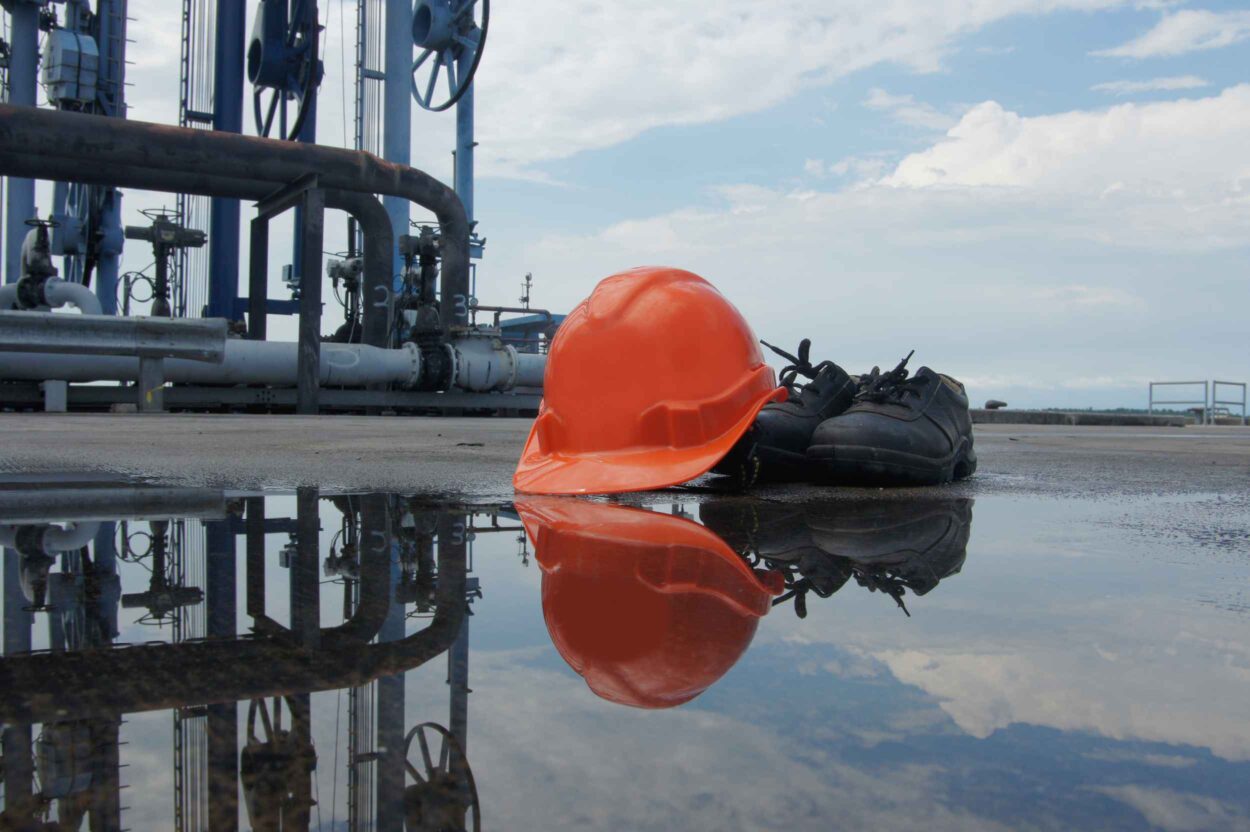SSHEQ
section-1774ec5
Safety, Health, Environment & Quality

The Safety, Security, Health, Environment and Quality (SSHEQ) function at NAMCOR is governed, amongst others, by the following National acts and regulations to ensure compliance. Where national laws are insufficient, international laws are adopted:
- Petroleum Products and Energy Act, 1990 (Act 13 of 1990)
- Petroleum (Exploration and Production) Act, 1991 (Act 2 of 1991)
- Petroleum Products and Energy Amendment Act, 1994 (Act 29 of 1994)
- Petroleum Products and Energy Amendment Act, 2000
- Petroleum Products and Energy Regulations, 2000
- Labour Act, 2007 (Act 11 of 2007)
- Regulations Relating to the Health and Safety of Employees at Work No.156 of 1997
- Environmental Management Act, 2007 (Act 7 of 2007)
- EIA Regulations (GN 30 of 2012)
- Public and Environmental Health Act, 2015 (Act 1 of 2015)
| Goal | Strategy | |
|---|---|---|
| 1 | Embedding SSHEQ Culture |
|
| 2 | Comply with Legal Requirement |
|
| 3 | Training of Employees |
|
| 4 | Consultation and Engagement of Employees |
|
| 5 | Safe and Secure Working Environment |
|
section-780b519
Powered by WordPress © 2025
